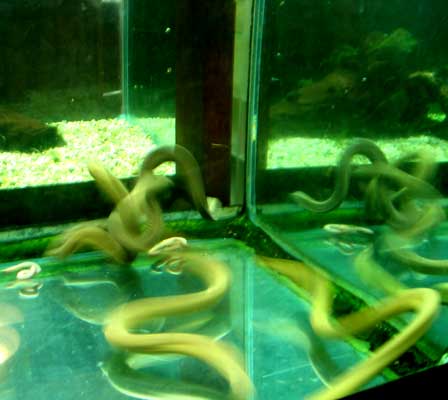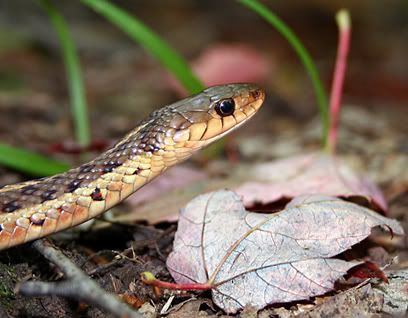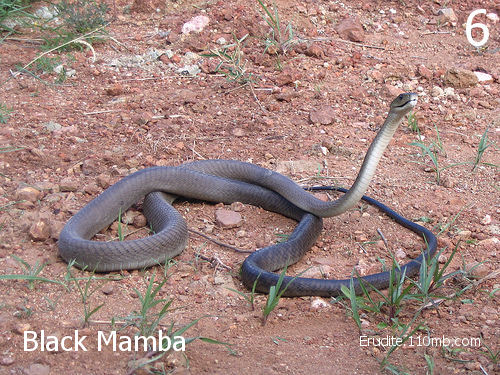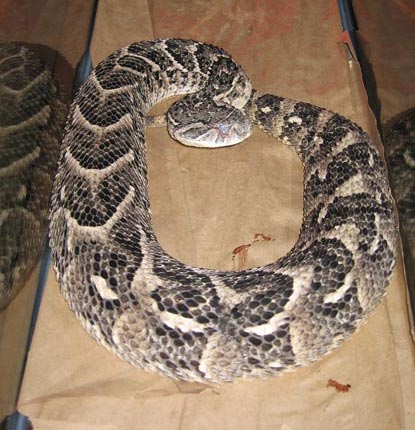


Caecilians completely lack limbs, making the smaller species resemble worms, while the larger species with lengths up to 1.5 m (4 ft 11 in) resemble snakes. The tail is short or absent, and the cloaca is near the end of the body.


The skin also has numerous ring-shaped folds, or annuli, that partially encircle the body, giving them a segmented appearance. Like other living amphibians, the skin contains glands that secrete a toxin to deter predators.[1] The skin secretions of Siphonops paulensis have been shown to have hemolytic properties.
.jpg)
Caecilians are the only order of amphibians that use internal insemination exclusively (although the tailed frog in the U.S. does use a tail-like appendage for internal insemination in its fast flowing water environment). The male caecilians have a penis-like organ, the phallodeum, which is inserted into the cloaca of the female for 2 to 3 hours. About 25% of the species are oviparous (egg-laying); the eggs are guarded by the female. For some species the young caecilians are already metamorphosed when they hatch; others hatch as larvae. The larvae are not fully aquatic, but spend the daytime in the soil near the water.

The diet of caecilians is not well-known. Mature caecilians seem to feed mostly on insects and other invertebrates found in the habitat of the respective species. The stomach contents of 14 specimens of Afrocaecilia taitana consisted of mostly undefinable organic material and plant remains. Where identifiable remains were most abundant, they were found to be termite heads.[7] While it was suggested[specify] that the undefinable organic material shows that the caecilians eat detritus, others believe these are in fact the remains of earthworms.



























.jpg/800px-Dendroaspis_polylepis_(9).jpg)
















